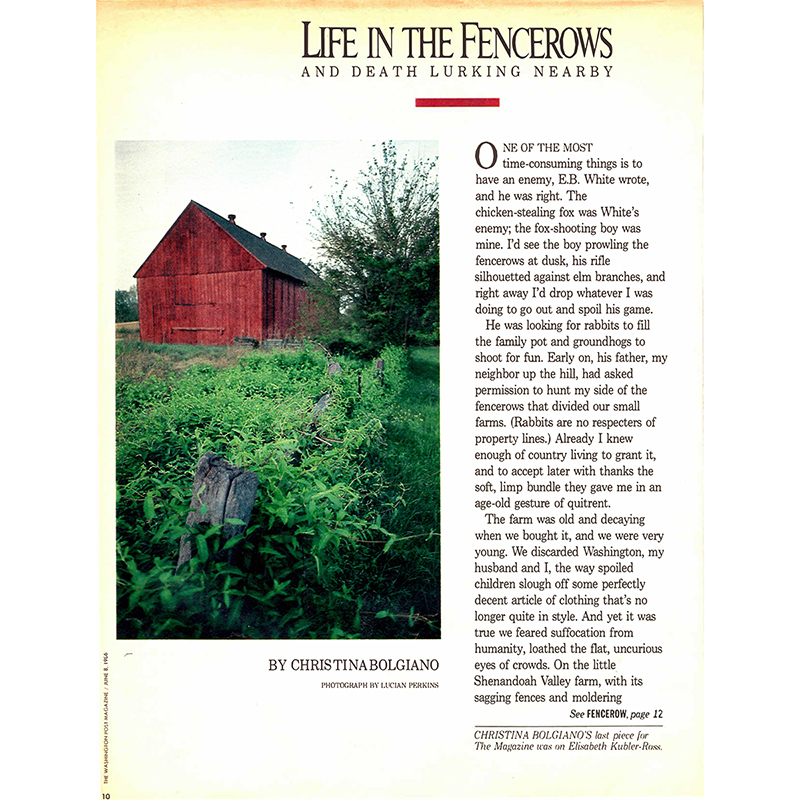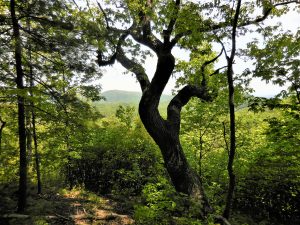
Life in the Fencerows, and Death Lurking Nearby
06/08/1986
Unearthing Salamander Secrets
09/01/1989
View full essay in PDF format
“The Case for Eastern Old-Growth” was published in American Forests, May/June 1989.
This is the first article to raise the issue of new old-growth in the formerly deforested East.
“Long enough ago that only old people can remember it, the last of the great eastern forest was felled. Lumbermen sawed first through the Northeast. Then they cut through the Lake States and southward, shearing the last ridgetops and skinning the remote ravines that settlers hadn’t bothered with. Oh, they left a few small virgin patches here and there, through oversight or disgust, mostly on the highest peaks and steepest slopes and in the wettest swamps. By 1920, the immense eastern ocean of trees had been reduced to tiny primeval islands in a manmade landscape.”


